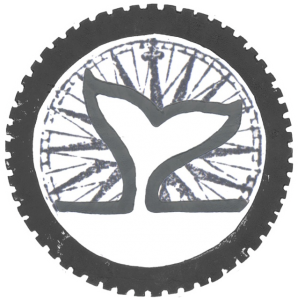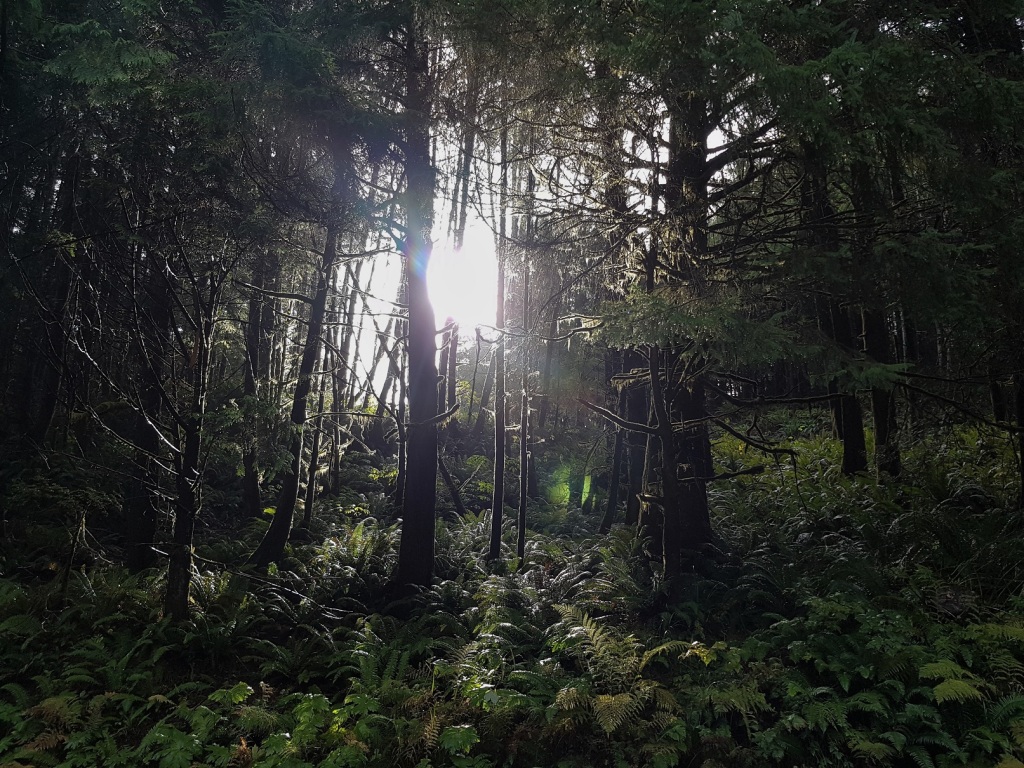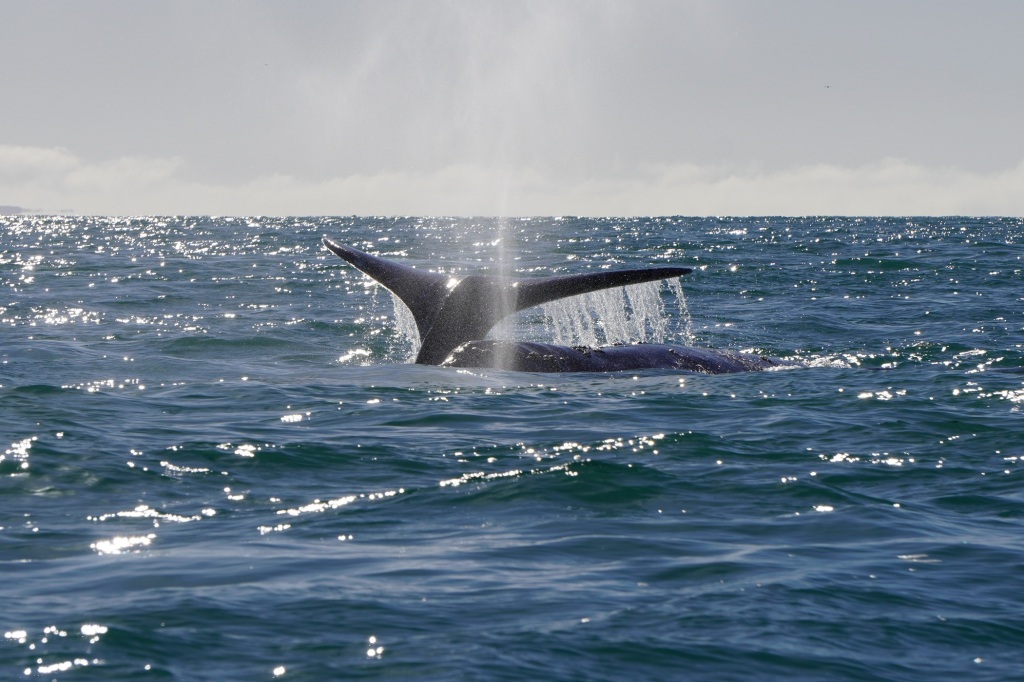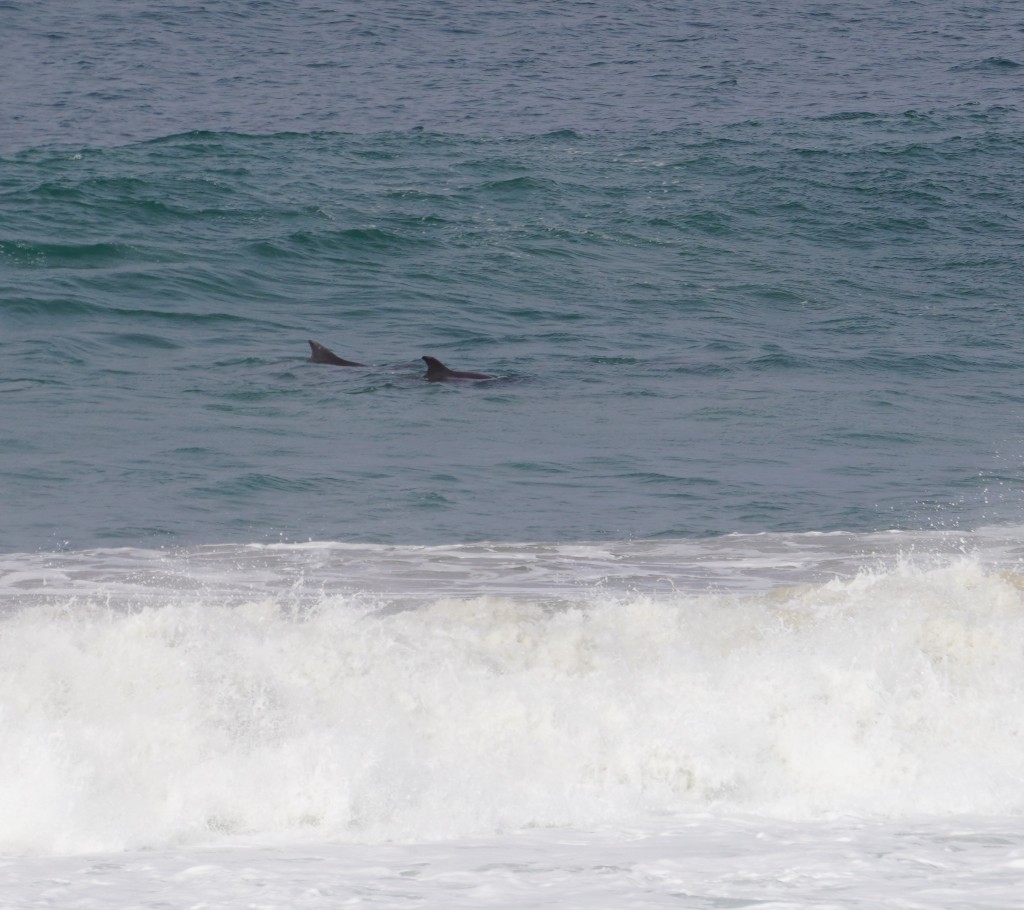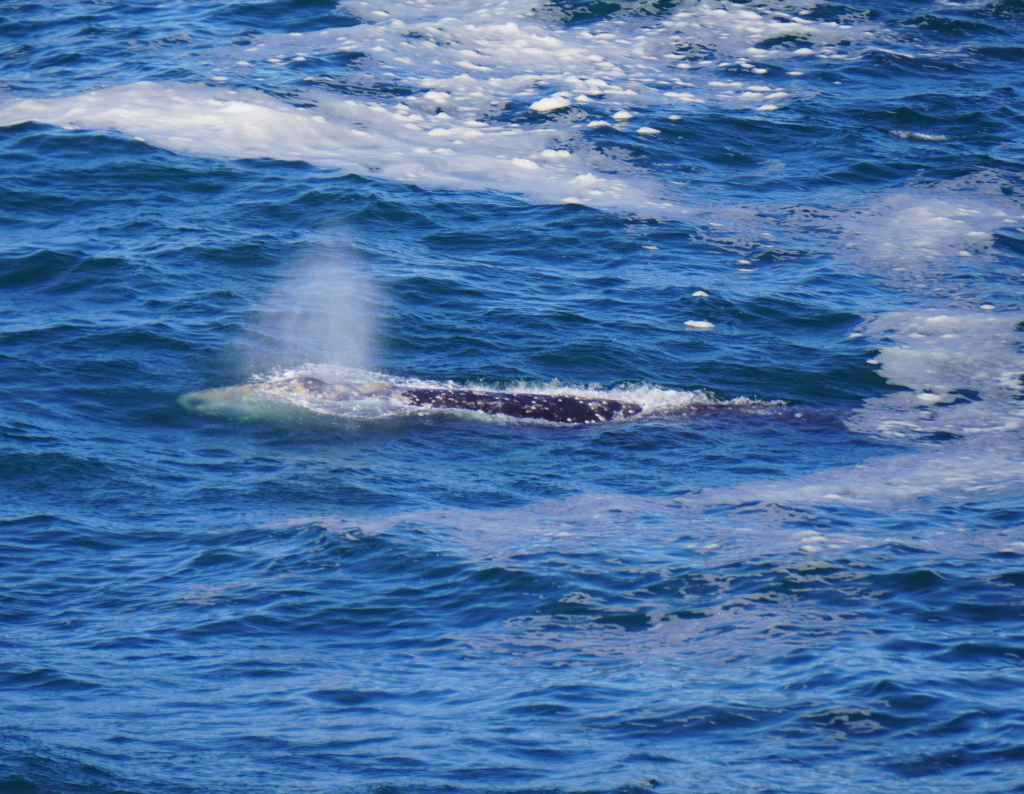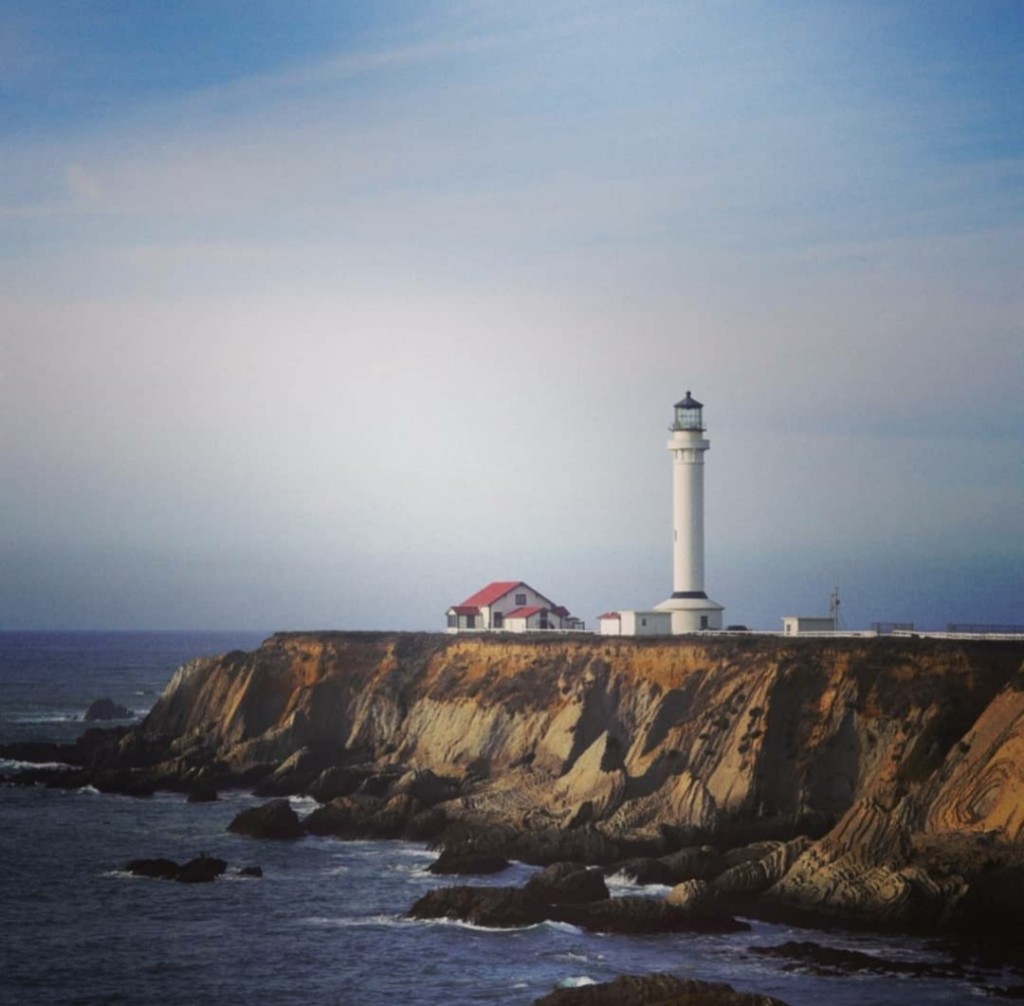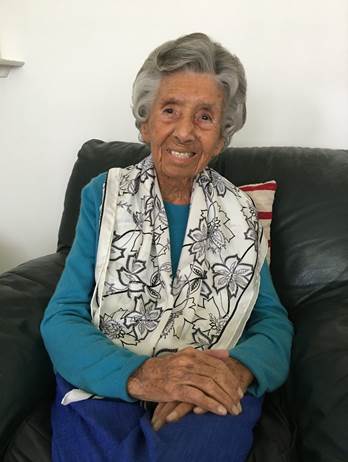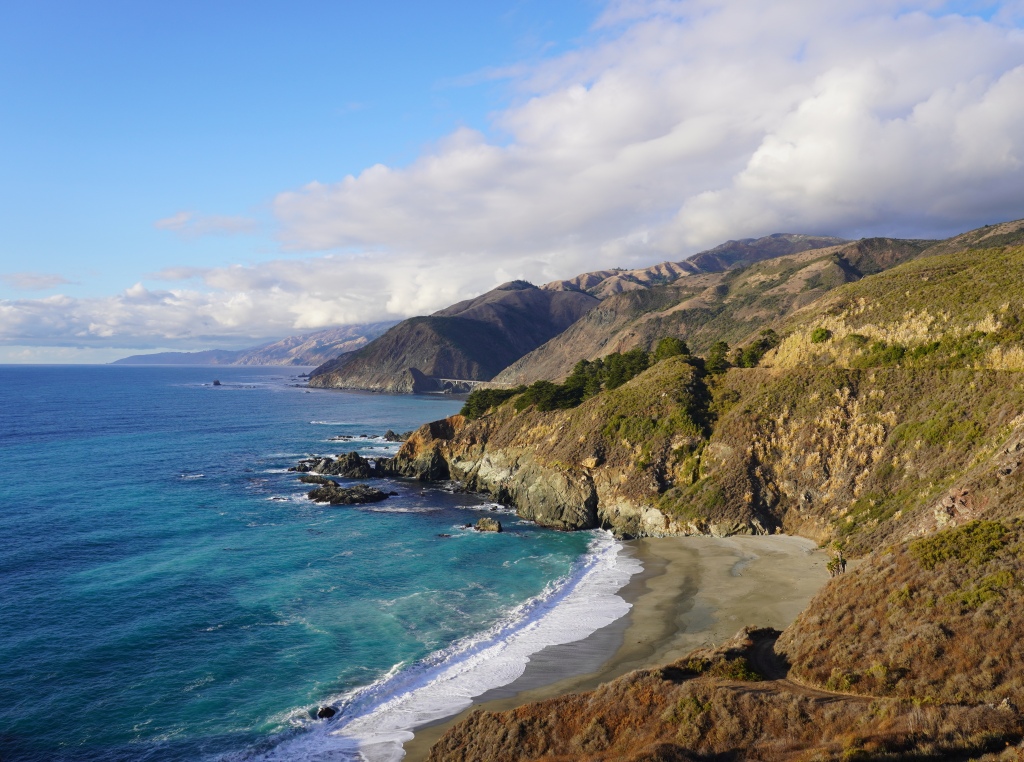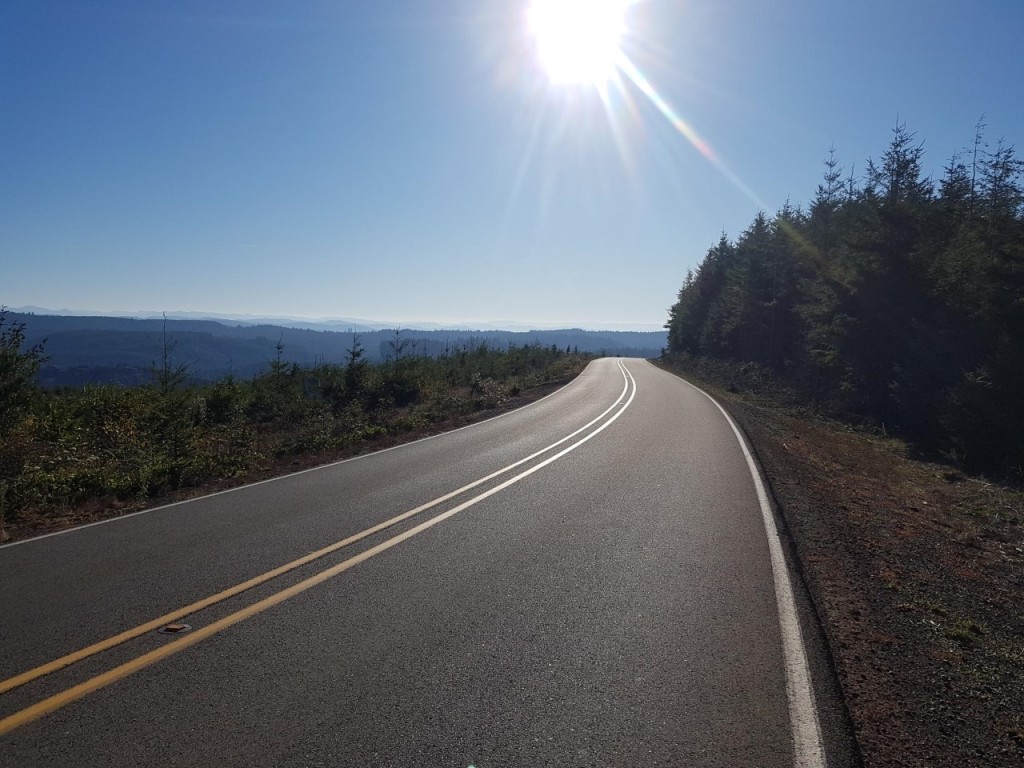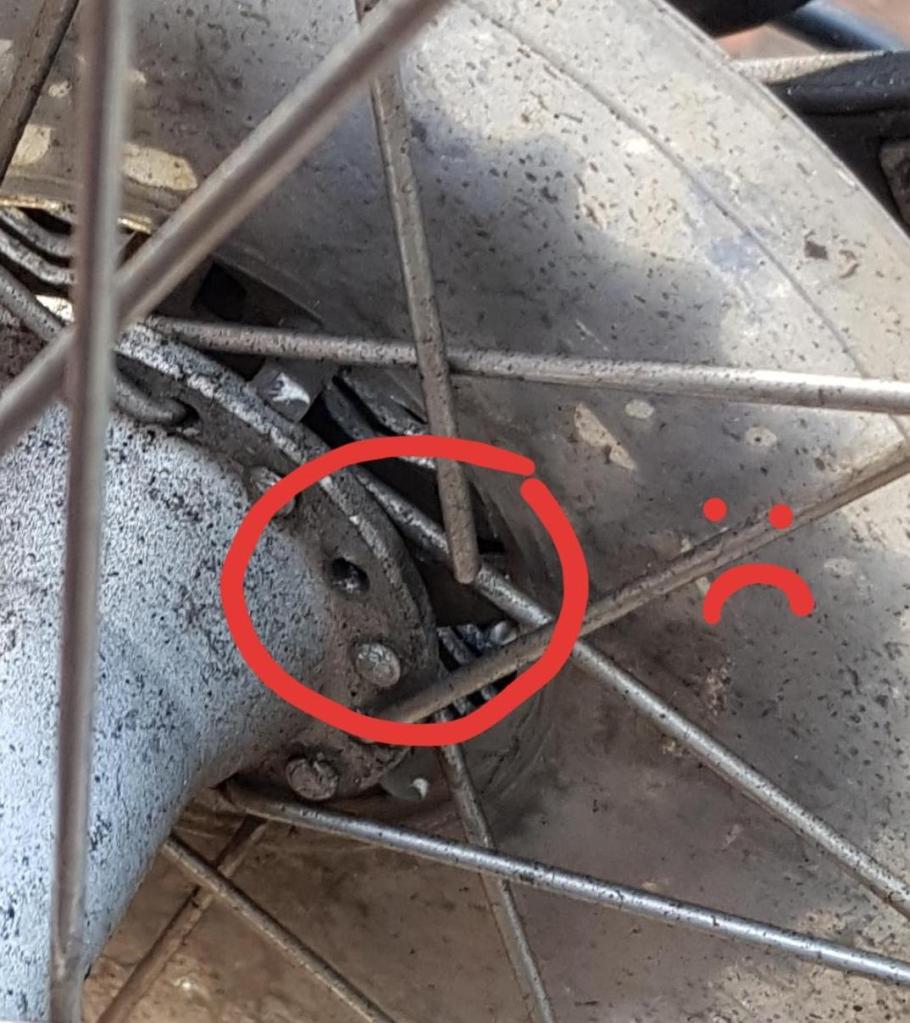It’s already been nearly a year and a half since I touched down on Kodiak Island, reassembled my bike and gingerly pedalled onto the ‘wrong’ side of the highway, my sights set firmly on Baja. After months of anticipation it was exciting to finally be on the road, albeit on a small island with a big bear population and savage weather.
Fast forward a couple of weeks and the daily routine of cycling a heavily laden bike through the Pacific Northwest in autumn was becoming second nature, even if the cycling itself was still a struggle. Logging trucks engulfed me in cold spray as they roared past and hard shoulder debris punctured my tyres. I’d seen gray whales though, plus killer whales, bears and raccoons, and I’d woken in my tent beside vast lakes, rivers, dune-backed beaches and ancient temperate rainforest. The relief of waking in the quiet early morning as the daylight transformed the sinister campsite of the previous evening, when danger had lurked in every shadow, into a tranquil campsite complete with flitting birds and territorial squirrels, was immense.
Fast forward a couple of months and I was borderline feral, happily eating instant noodles for breakfast as well as for supper. Noodles and muffins. As gradually as the miles had clicked by, I’d accepted I wouldn’t make it to Baja by bike. Instead, I made the most of the places I reached, meeting with as many people as possible and learning as much as I could. A few days in Monterey stretched into a week as I met local experts to hear more about gray whales, osedax worms, killer whales, sea otters and local conservation initiatives, and passed happy hours whale-watching and visiting the aquarium. Camping was still enjoyable and, getting late in the year, I often had the hiker-biker area to myself, local wildlife aside.
Nearly three months later, my time was up and I flew home from Los Angeles, already hatching plans to return. Having landed back in the UK days before Christmas, it initially felt hasty to fly back out to LA in early February. Those worries subsided with each southbound whale I spotted from the end of Ocean Beach Pier, San Diego and had evaporated entirely by the time I bumped across the choppy waters of Scammon’s lagoon near Guerrero Negro, Baja Sur. There, the whales I’d sought, searching from clifftops, headlands and roadside laybys, came to me. Why they’d do that puzzled me beyond measure, then and now. Getting a close-up view, an arm’s length view, of these long-distance travellers, with their barnacle and whale lice passengers, was incredible.
Almost 18 months on, and over a year into the global Covid-19 pandemic, I treasure my memories of this journey more than ever, particularly grateful I returned so soon to complete my journey. Except it still doesn’t feel over. With plenty more to write and hours of video to edit, the endless cycle of the gray whales’ migration continuing and the mysterious western population to ponder, I have plenty to keep me going until travel restrictions ease and I can get back on my bike, on the trail of the gray whales.

